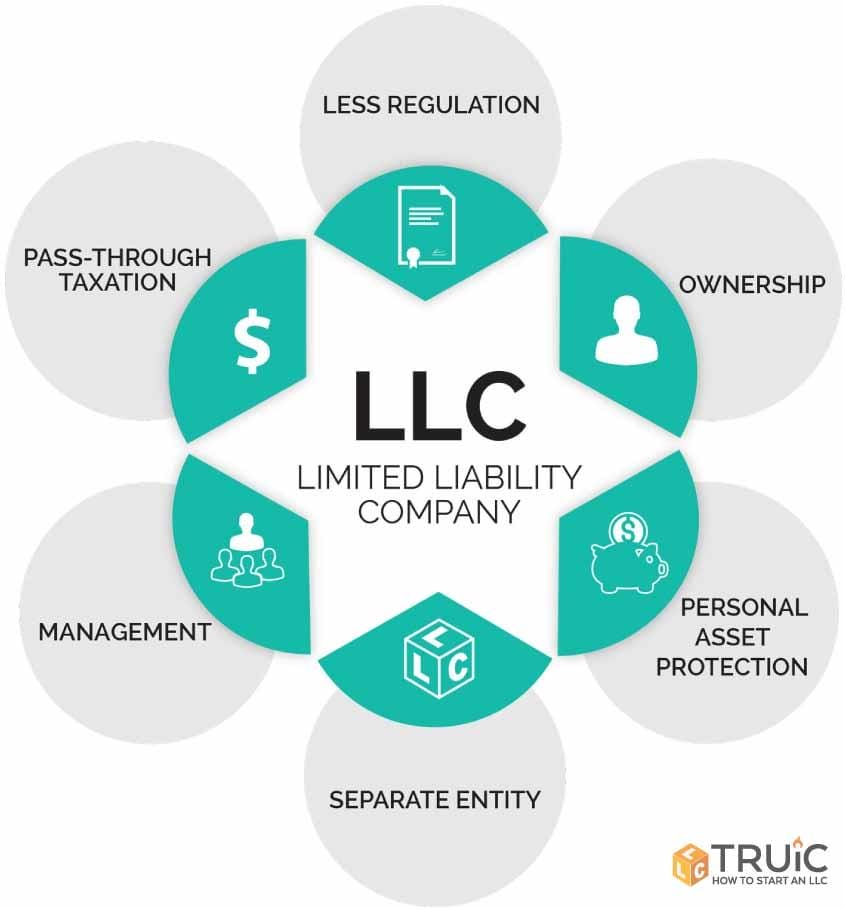Energy costs have become a hot-button issue in global economics. With market volatility sending prices on a roller-coaster ride, understanding how to manage these costs is important for businesses and individuals alike. While the area of energy consumption may seem daunting, bold strategies and straightforward decisions are the key to tackling energy expenses head-on.
The Market is a Giant Jigsaw Puzzle
Let’s face it—the energy market functions like an enormous jigsaw puzzle, with each piece representing a factor influencing costs. Geopolitical tensions, unpredictable weather patterns, supply chain disruptions, and changing consumer demands all play a role. When one piece moves, others shift, sometimes resulting in a tangled mess. But pretending the energy market’s chaos isn’t worth understanding would be naive. Instead, recognize that this jigsaw puzzle provides insights into future pricing trends. Use this knowledge like a magnifying glass to focus on what matters—your costs.
Understanding the energy market dynamics not only empowers you to make smarter decisions but also positions you to anticipate changes before they hit your wallet. Conducting scenario analyses that project potential market situations can reveal opportunities and threats, allowing you to construct a flexible strategy. Those who actively engage in analyzing market shifts can capitalize on favorable conditions and mitigate potential risks.
Volatility’s Upside: Price Competition
Amidst volatile markets, consumers gain leverage through increased price competition. Suppliers and providers constantly need to outshine their competitors; this keeps firms on their toes, potentially driving prices down. Don’t shy away from shopping around and pitting suppliers against each other. Price competition can empower consumers to demand better rates and conditions. Embrace this opportunity to take control of your energy expenditures.
Equipped with comparative data, consumers are better placed to negotiate or find alternative suppliers. For those seeking a comprehensive understanding of the market, taking steps to compare energy rates becomes vital in making informed decisions. Taking advantage of subscription models and group buying schemes further maximizes savings and offers a more predictable expenditure pattern. Staying informed strengthens your bargaining power, turning volatility into an opportunity to secure optimum deals.
The Energy-Efficient Myth
Debunking myths is as important as the facts themselves. For instance, some believe that energy-efficient technologies automatically mean lower costs. Wrong! It requires a holistic approach. Energy-efficient devices may save power, but without altering consumption habits, your bills might spike faster than a caffeine high. While investing in efficient systems is a step, it’s not the golden ticket without disciplined behavioral changes. Conserve wisely by implementing strict energy usage protocols and practicing vigilant monitoring.
This myth often persists because the initial investment in energy-efficient technology seems daunting. Nonetheless, focusing on the long-term benefits rather than the upfront costs can shift your perspective. Encouraging workplaces and households to adopt these methods by emphasizing life-cycle savings can lead to cultural shifts that prioritize sustainability and cost-effectiveness over mere quick fixes.
Diversification is Your Best Friend
Relying solely on one type of energy source is risky. Diversifying your energy portfolio isn’t merely good advice—it’s a need. Renewable sources like solar and wind are more accessible now than ever. Partner them with traditional energy to maintain a balance. This way, you reduce the risk of costs skyrocketing when one source becomes expensive or unavailable. Remember, a diversified approach is like having spare change in your pocket—you never know when it might save the day.
Transparency Influences Your Wallet
When was the last time you scrutinized your energy bill? Energy bill transparency has become a battleground for organizations aiming to keep customers informed. Yet, many consumers glance at their bills, pay, and move on. But here’s the thing: hidden charges and unclear billing practices cost you. Demanding transparency from providers is your right. Ask questions and demand clarity. Know exactly what you’re being charged for, and don’t settle until your bill reflects your understanding.
Request monthly breakdowns to identify areas where savings can be made, whether through reduced consumption or selection of a different plan. Transparency isn’t just about comprehension—it’s about trust. An informed consumer base encourages providers to elevate their level of service and maintain honesty in their practices, fostering a healthier market environment.
Final Thoughts
The fluctuating energy market shouldn’t dictate your financial peace of mind. With the abundance of tools and opportunities available, taking charge of your energy costs is entirely possible. By embracing price competition, demanding transparency, debunking myths surrounding energy-efficient systems, and diversifying your energy sources, you’ll set the stage for manageable energy expenses. Producing concrete and informed strategies over fearful reactions will pave the way for long-term energy security.




